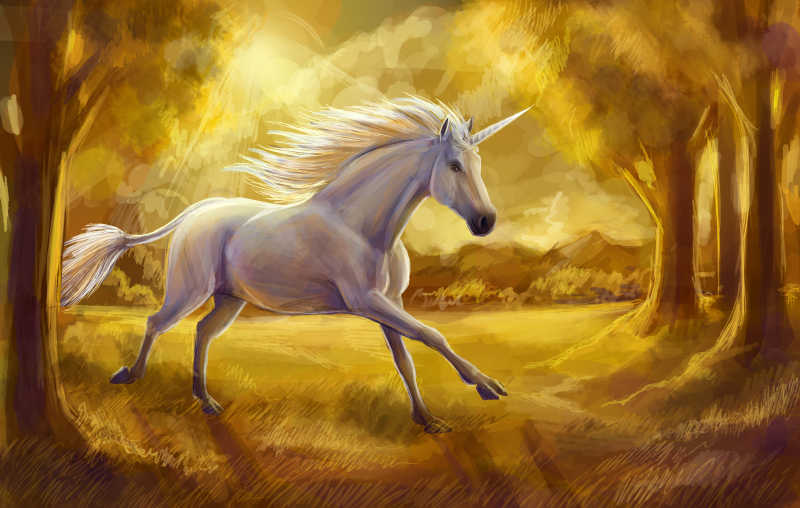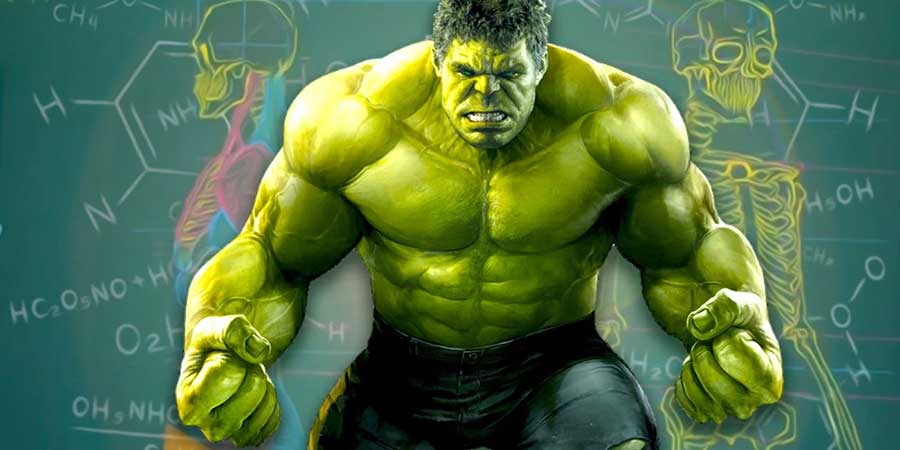How to Choose Images to Combine with AI - Image Selection Guide
Learn how to choose the best images to combine with AI. Choosing the right images is crucial for creating successful AI image merges. This guide will teach you how to select images that work well together and produce the best results.
Honestly, when I first started learning how to combine images with AI, I often chose the wrong images. Sometimes I thought two images would work perfectly together when combining them, but the results turned out quite strange. After some trial and error, I gradually figured out some tricks for choosing images to combine, and today I'd like to share my experience with you.
Image Quality Requirements
Resolution Guidelines
Resolution was a tricky issue I struggled with initially. When I first started, I used low-resolution photos from my phone, and the merge results were quite poor. Later I learned that AI tools can be quite picky about image quality.
- Minimum resolution: 512x512 pixels
- Optimal resolution: 1024x1024 to 2048x2048 pixels
- Maximum resolution: 4096x4096 pixels
Pro tip: If you're unsure about image resolution, right-click to view image properties. I usually choose images with 1024x1024 or higher resolution for better results.

Supported Formats
Format Guidelines
Format selection isn't that complicated - it mainly depends on your image type. I've summarized my usage experience, hope it helps.
JPG Format
Best for photographs and complex images with many colors
Most of my photos are JPG format, very convenient to use.
PNG Format
Best for images with transparency or simple graphics
PNG is my go-to when I need transparent backgrounds.

Selection Tips
Composition Tips
Composition was something I didn't understand well at first. Later I discovered that considering composition when selecting images is really important. Here are some techniques I commonly use:
- Choose images with similar lighting conditions
- Select images with complementary colors
- Consider the focal points of both images
Personal experience: If two images have very different lighting conditions, AI struggles to process them and the results are usually disappointing.
Lighting Tips
Lighting issues were my biggest challenge. Sometimes photos that looked beautiful individually had mismatched lighting, making the merge results quite strange.
- Avoid images with extreme shadows or highlights
- Choose images with consistent lighting direction
- Prefer images with natural, even lighting
Suggestion: Try to choose photos taken at similar times and in similar environments for more consistent lighting.
Common Mistakes
Avoid These Common Errors
These are all pitfalls I've encountered - hope you can avoid them. When I first started, I made many of these mistakes.
Using Low-Resolution Images
Low-resolution images will result in poor quality merges
I once tried using phone screenshots - the results were predictable...
Ignoring Color Compatibility
Images with conflicting color schemes may produce unnatural results
Once I chose images with strong red-green contrast - the result was quite bizarre.
Choosing Overly Complex Images
Very complex images can confuse the AI and produce unexpected results
Complex backgrounds confuse the AI - I recommend choosing images with simple backgrounds.
Best Practices
Follow These Best Practices
After some experimentation, I've summarized some practical experiences. These methods have helped me create many satisfying works.
Use High-Quality Source Images
Start with clear, well-lit images for the best results
I usually check if images are clear first - blurry images never turn out well.
Consider Image Compatibility
Choose images that naturally complement each other
I try to imagine how two images would look merged - if they don't feel harmonious, I switch one out.
Test Different Combinations
Experiment with various image pairs to find what works best
Try different combinations - sometimes unexpected pairings create surprising results.
My Personal Recommendations
Finally, let me share some of my personal insights:
- Don't be afraid to fail - every attempt is a learning opportunity. When I first started, I often created strange merge results too.
- Build your own image library and collect high-quality materials - this way you can quickly find suitable images when needed.
- Observe others' work and learn from their image selection approaches - this has helped me a lot.
- Stay patient - good works often require multiple attempts to complete.
Next Steps
Now that you know how to select the right images, learn the basic merging techniques: